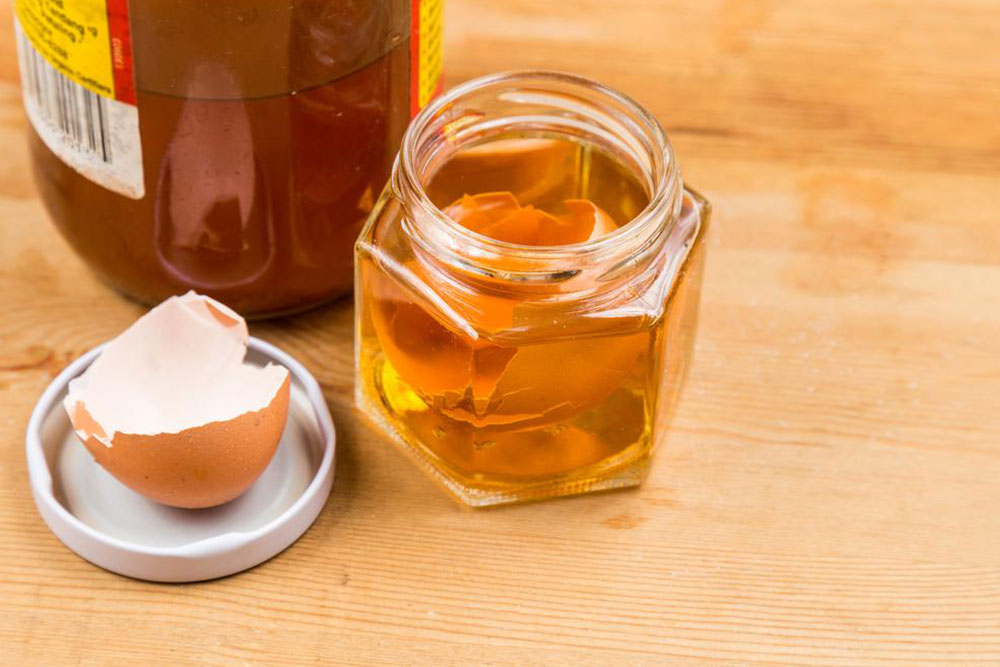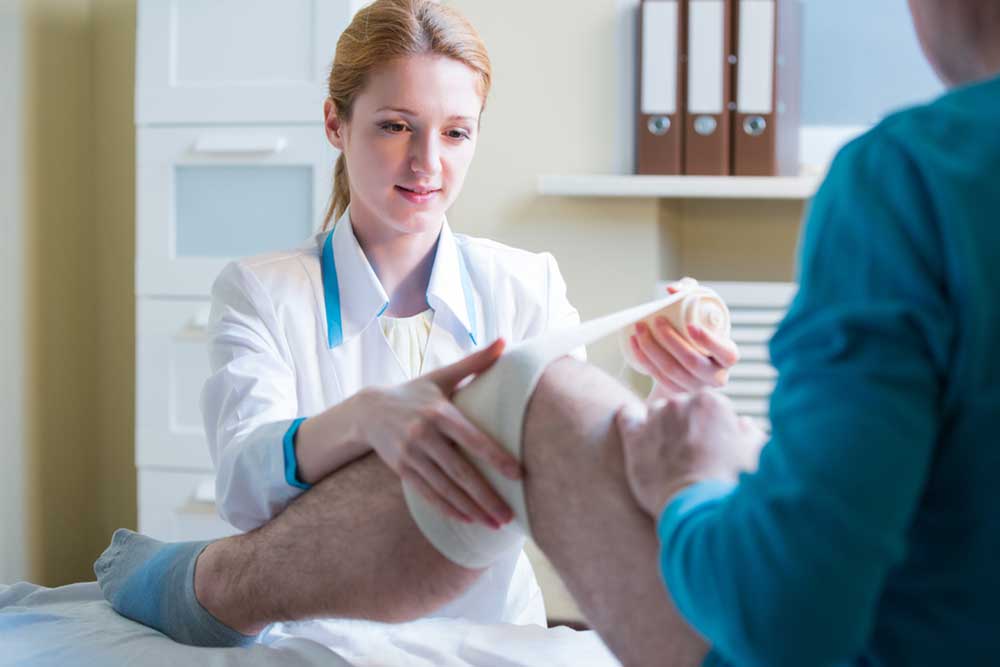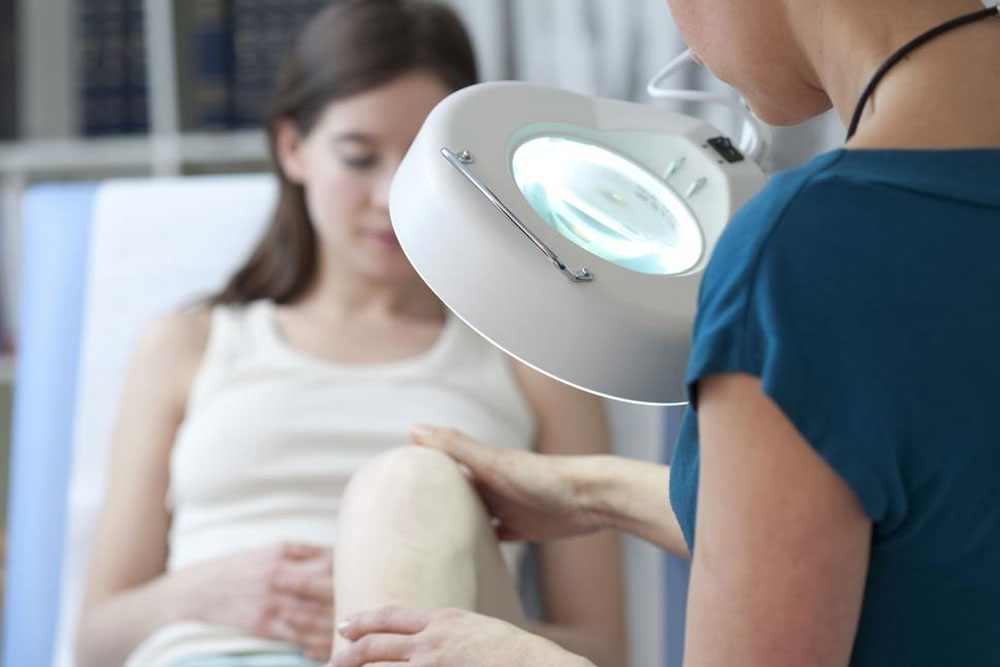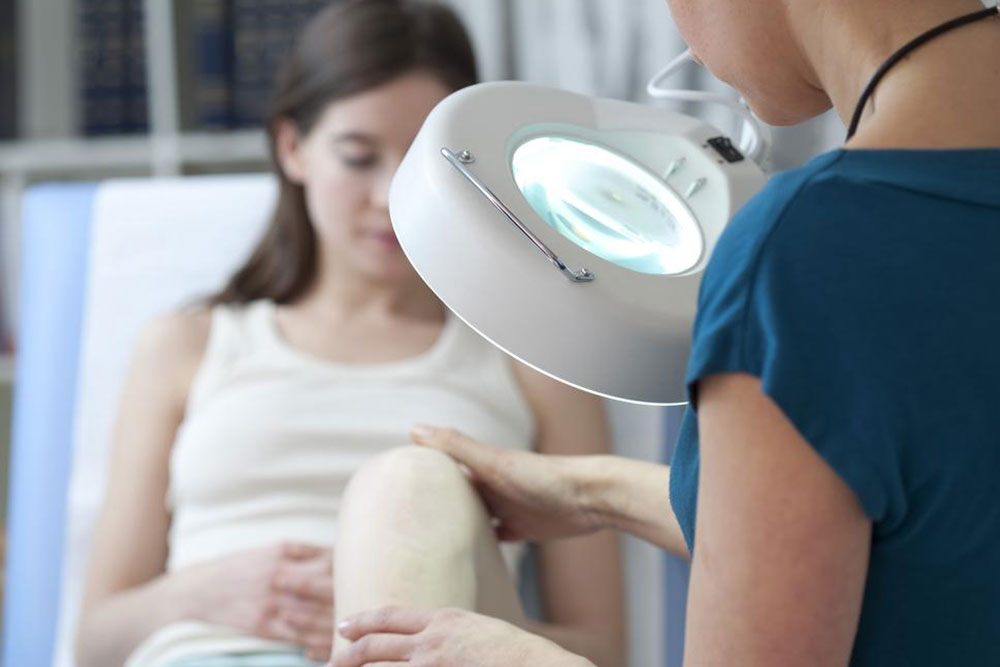Comprehensive Guide to Effective Treatments for Sebaceous Cysts
Sebaceous cysts are common, benign skin growths caused by blocked glands. This comprehensive guide covers treatment options from surgical removal to home remedies, emphasizing prevention and proper care. Expert advice from dermatologists can facilitate quick recovery and reduce recurrence risks. Learn about symptoms, safe management techniques, and when to seek professional help to maintain healthy skin and avoid complications.
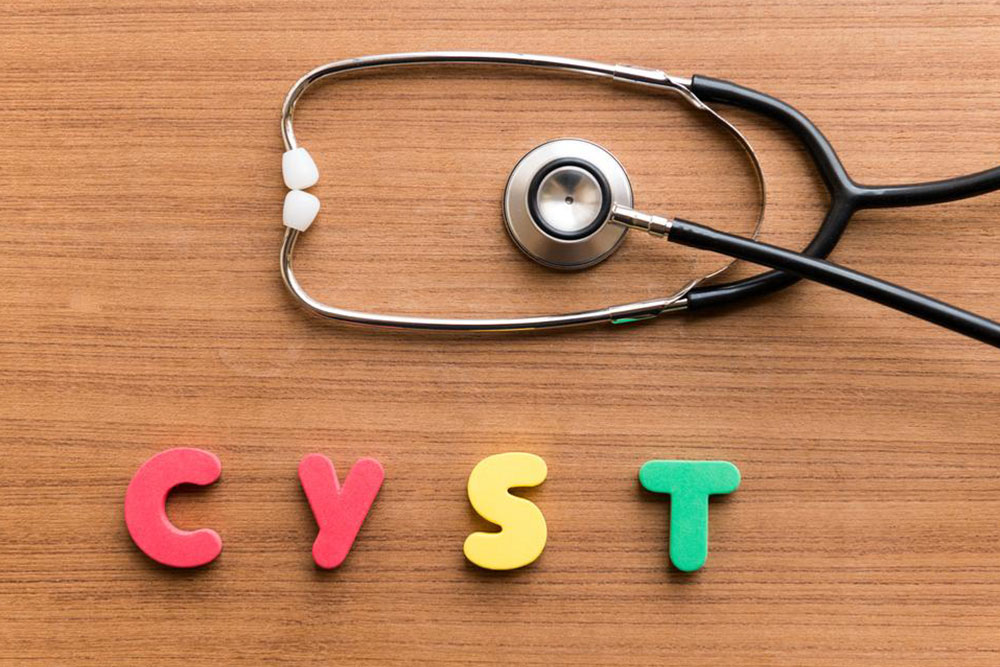
Modern Medical and Home-Based Treatments for Sebaceous Cysts
Sebaceous cysts are common skin growths that manifest as small, benign lumps beneath the surface of the skin. These cysts form when sebaceous glands, responsible for producing oil, become blocked or infected. Often appearing on areas such as the face, neck, scalp, and other parts of the body, they can be unsightly and sometimes uncomfortable. Fortunately, there are multiple treatment options available that are both safe and effective, whether approached through professional medical procedures or home remedies. Understanding these options can empower patients to manage sebaceous cysts effectively and improve their skin health.
These cysts are filled with a thick, oily substance, often accompanied by a visible blackhead or some drainage of cheesy, mucus-like material when inflamed or ruptured. While generally non-threatening, they can occasionally become infected or inflamed, leading to discomfort and necessitating prompt treatment. The different types of sebaceous cysts, primarily epidermal and pilar cysts, have specific characteristics but share common treatment strategies that can be personalized based on the cyst’s features and the patient’s overall health.
Recognizing symptoms such as a bump with a central blackhead, swelling, pain, or pus drainage is crucial in early diagnosis. These signs often indicate the need for medical intervention to prevent complications like infections or abscess formation.
Comprehensive Treatment Options Include:
Surgical Removal Procedures: The most definitive treatment for sebaceous cysts involves a minor surgical procedure where the entire cyst sac and contents are carefully excised. This can be performed in a dermatologist’s office or outpatient surgical center. Techniques such as wide excision, punch biopsy, or minimal excision are used depending on the cyst’s location and size. Proper sterilization and technique minimize scarring and recurrence, and antibiotics may be prescribed before or after surgery to prevent infection.
Minimally Invasive and Home-Based Management: For smaller or less inflamed cysts, less invasive approaches can be considered. Applying warm compresses helps increase blood flow, promote drainage, and soothe inflamed tissues. Mild topical medications like antimicrobial gels or creams containing antibiotics or anti-inflammatory agents can help control infection and discomfort. Maintaining proper hygiene and avoiding irritants are important steps in preventing cyst growth or recurrence.
Tips for Effective Home Care: Using gentle, fragrance-free cleansers and avoiding harsh chemicals can reduce irritation. Refraining from squeezing or puncturing the cyst prevents infection and scarring. In some cases, over-the-counter treatments such as topical antibiotics or corticosteroid creams can help reduce swelling and inflammation. Regular monitoring, healthy skin habits, and prompt attention to changes in the cyst’s size, color, or symptoms can prevent complications and facilitate smooth healing.
Professional Consultation and Diagnosis: Consulting with a dermatologist ensures an accurate diagnosis and appropriate treatment plan. When needed, dermatologists can perform drainage procedures or administer corticosteroid injections directly into the cyst to shrink the swelling and reduce symptoms. In cases involving recurrent or complicated cysts, surgical removal offers a permanent solution. Moreover, dermatologists provide valuable guidance on preventive measures, skin hygiene, and lifestyle modifications to minimize the risk of future cyst formation.
Various online resources and support groups can offer additional advice on managing sebaceous cysts at home, emphasizing the importance of professional evaluation for persistent or enlarging cysts. Adopting a consistent skincare routine and seeking timely medical care enhances overall skin health and reduces the likelihood of recurrence.
